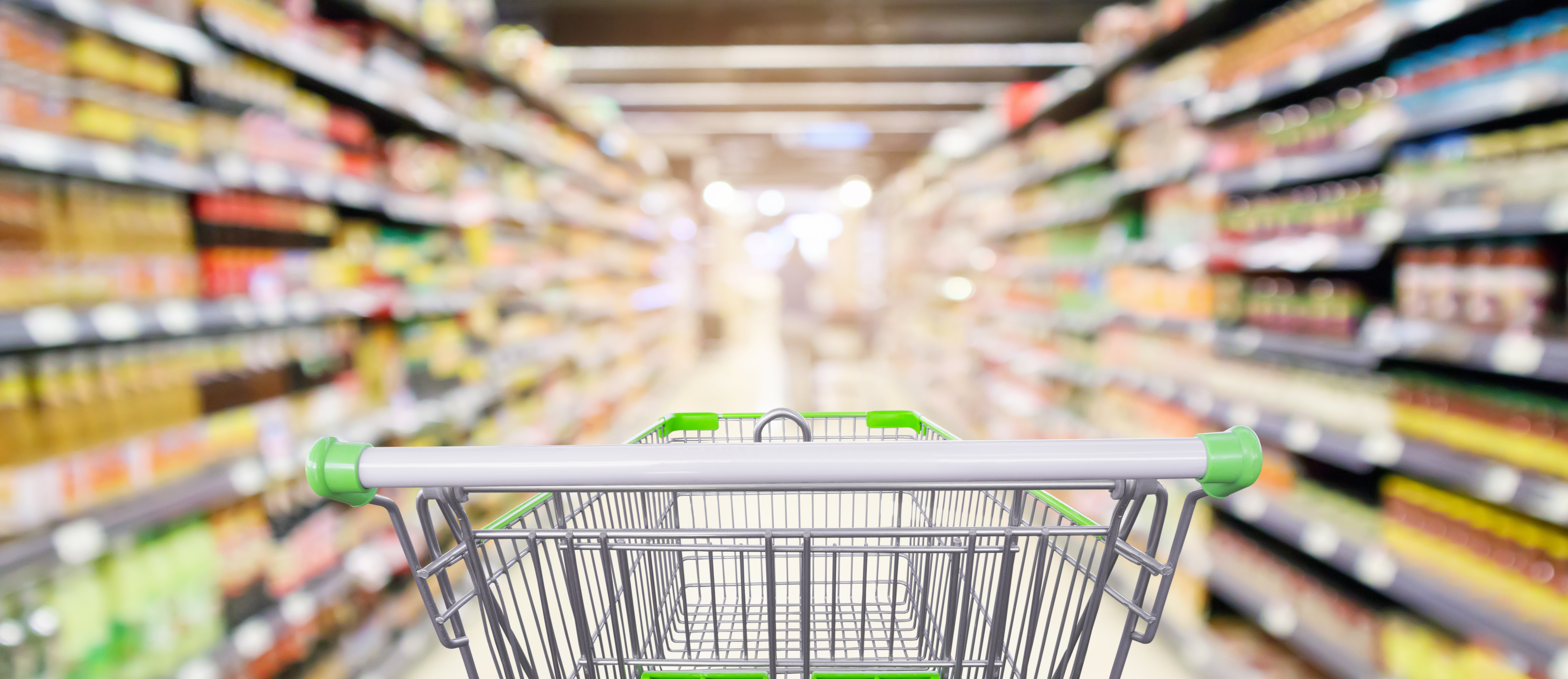Food labels - what can they tell me?
Mikala Atkinson, Nutritionist

Most packaged foods have a nutrition panel and an ingredients list. Knowing how to read a food label makes choosing healthy foods easier.
To help you decode food labels and make the best choices when buying packaged foods, take our handy wallet card with you when shopping.

Here are some of the things you will find on a food label.
Nutrition information panel
Food labels in Australia have a nutrition information panel (NIP) that breaks down how much of each macronutrient is found within the food. This includes protein, fat, sugar, sodium and fibre.
Ingredients list
Most food labels in Australia also have an ingredients panel which includes a list of everything that is used to make the product. This list will be in descending order from largest to smallest by weight, for each item that is found in the food. This means if the first ingredient is sugar when reading a food label, then you know it contains more sugar than any other ingredient.

Serving size
Food manufacturers choose the serving size for their products. There are no guidelines for this, and serving sizes are often different between brands, even when comparing two of the same type of product (such as a muesli bar). This means that the serving size may not be a realistic or healthy portion size for you or your child.
Because the serving size can be so different between food manufacturers, it is always best to use the per 100g column to compare what is actually in a product. This allows you to properly compare one option with another and know which has more or less of a nutrient, such as sugar or salt.

Fat
There are different types of fats in food. Saturated fat is the one you want to pay most attention to. Try to choose foods that are low in saturated fats. You can easily find this information when reading a food label as the total fat and saturated fat will be listed separately. Some labels will also include a breakdown of the polyunsaturated and the monounsaturated fats, however this information is less of a driver when making food choices.
Your best buys will be products with less than 1.5g of saturated fat per 100g and less than 3g of total fat per 100g.
Remember that fats are found within other ingredients, and when saturated fats are added they may be listed as butter, lard, ghee, coconut oil or just as oil.

Sugar
The sugar listed in the NIP can include both added sugars as well as naturally occurring sugars. Whereas the ingredients list will only include sugars that have been added to the food.
For example, a fruit juice that is made from 100 per cent fruit alone will not have any added sugar listed in the ingredients, however the amount of sugar in the drink that is listed on the NIP will be high as there are naturally occurring sugars in the fruit itself. Whether sugars are added or naturally occurring, all sugar is processed and stored in the body the same way. Try to reduce your intake of foods that contain a lot of sugar.
Your best buys will be products with less than 5g of sugar per 100g.
Is it okay to add a small amount of sugar to my food? Yes, just try and reach for less where you can. The World Health Organization recommends adding no more than six teaspoons of sugar to the food we eat in a day for best health benefits.
Sodium
When reading the nutrition information panel you will see sodium listed, this is salt. Try to look for low sodium options.
Your best buys will be products with less than 120mg per 100g.
You can find some of the other common names for sugar and salt when reading the ingredients list on the back of our handy wallet card:

Fibre
Fibre is also referred to as dietary fibre and is essential for healthy digestive function. Unlike sugar, fat and salt, when looking at dietary fibre we want to look at the per serve amount to make sure that there is a good amount when choosing which product to buy. Choosing wholegrain varieties is your best way to increase the fibre in the food you eat.
Your best buys will be products with more than 3g per serve (remember not to look at the 100g column with this nutrient).

Would you like to learn more?
Have you heard of our Packed with Goodness sessions? To find out more about reading food labels and how to choose the best of the bunch when reaching for packaged foods, ask your school to book a free session for the parents in your area. Head to the Crunch&Sip website and register your interest here.